DAN NANAMKIN
Colville Reservation, Washington
My name is k?oup lus enim’ kla, which means Thunder and Lightning. I'm a Colville Tribal member, but within our Tribe, we have 12 bands. From my mother, I am a part of the Chief Joseph Wallowa Nez Perce Tribe - in our language, we say Walwama. We are from the Wallowa people of Oregon, but we are prisoners of war here on the Colville Indian Reservation.
On my father's side,I'm Sewqnaqin, the Okanogan people, which reside here all along the Okanogan River, all the way up into Canada. We are part of a great Syilx Nation. And within this nation, I am also Sqweyelpxw (People of the Kettle Falls).
On my father's side, I'm Sewqnaqin, the Okanogan people, which reside here all along the Okanogan River, all the way up into Canada. We are part of a great Syilx Nation. And within this nation, I am also Sqweyelpxw (People of the Kettle Falls).
The Syilx people at one time were proclaimed to be extinct. We are still here. We have always been here. So these are the Tribes that I represent here from this land, but there are 12 distinct Tribes that reside here now within the 1.4 million acres of the Colville Indian Reservation, which is located in North Central Washington state.
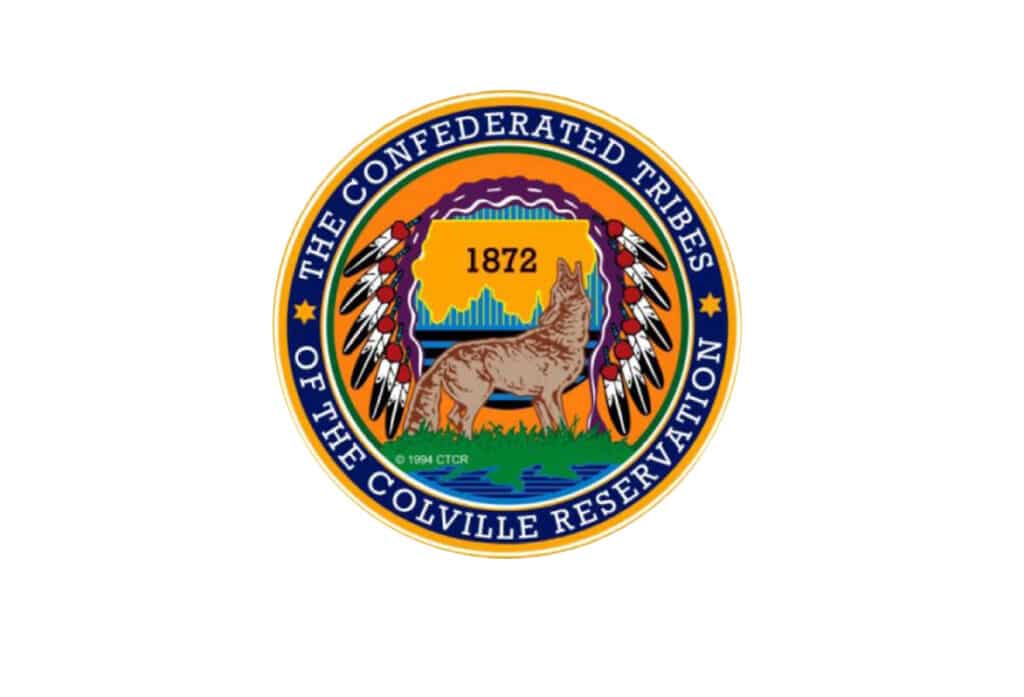
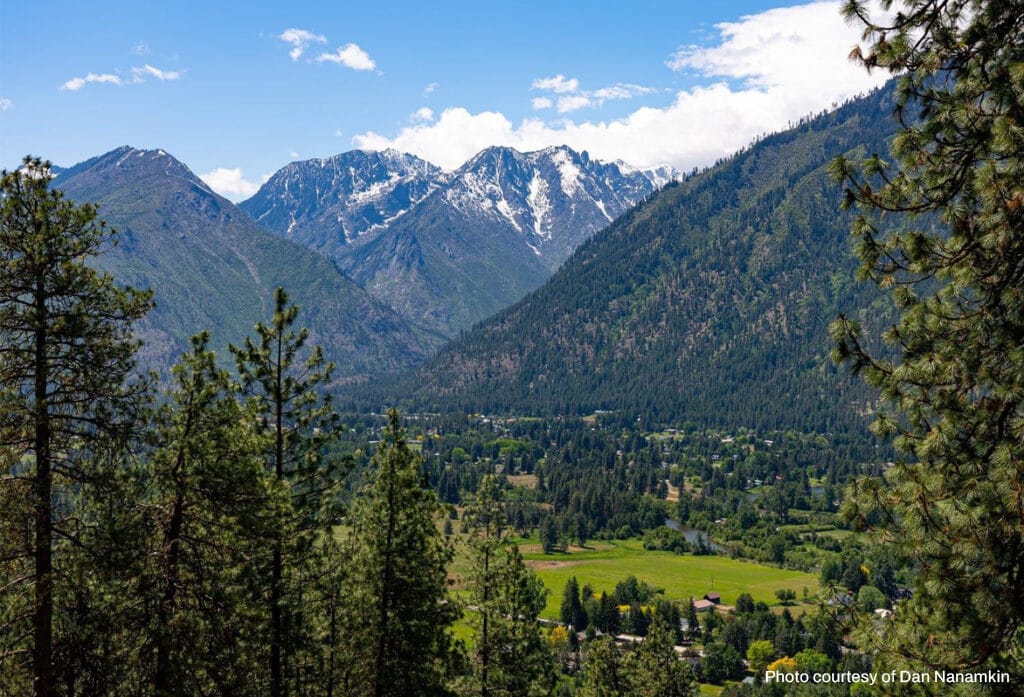
Our people lived in very beautiful lush territories with pristine lakes. We had natural resources that were here, gold, copper, and many different minerals, beautiful territories, the second-largest pristine lake in the world, right next to Lake Tahoe.
We have what is known as Lake Chelan. And within our areas, our traditional homelands, we have sacred sites.
These stories are told in the rocks. They're told in the landscape. They are our creation stories.
I am a storyteller, a cultural educator, a musician, a performance artist, and a humanitarian who speaks for environmental and social justice.
These stories are told in the rocks. They're told in the landscape. They are our creation stories.
I am a storyteller, a cultural educator, a musician, a performance artist, and a humanitarian who speaks for environmental and social justice.
Our story is much like Tribes across the whole entire nation, Tribes that have been pushed away from the pristine and beautiful countries where our people once lived into environments that are less hospitable and more desolate.
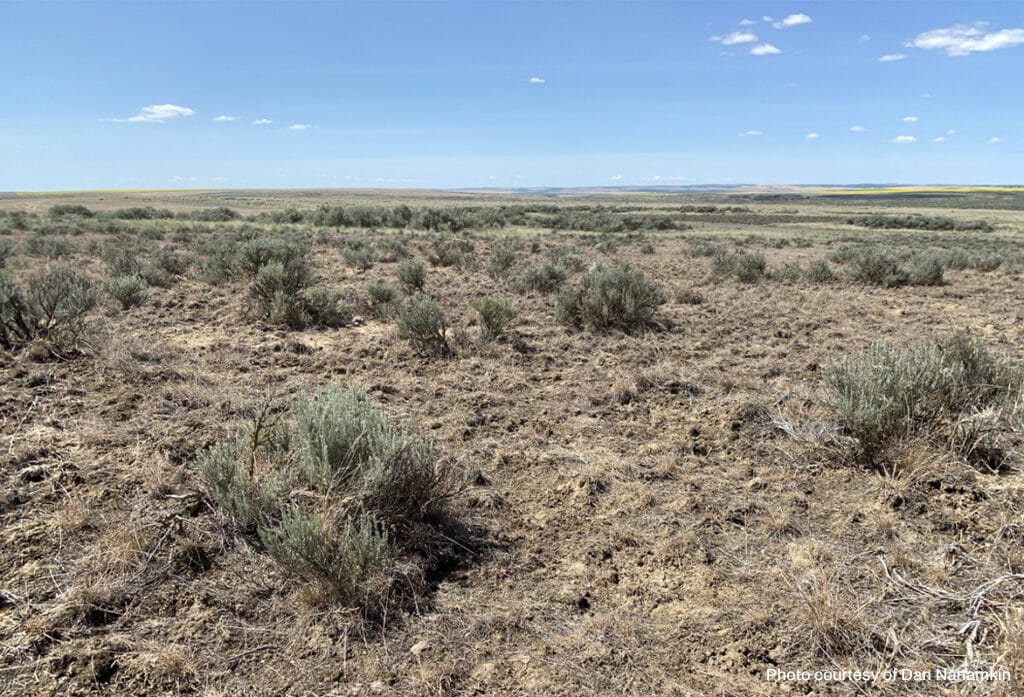
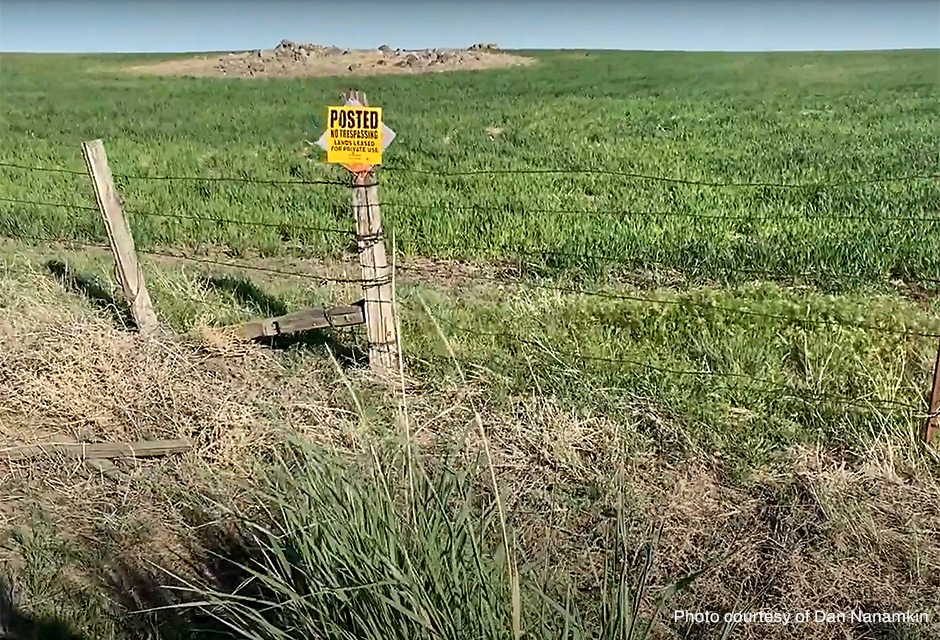
However, it is also the story of resiliency, strength, love for our culture and our faith for the future, the lives of our children, taking care of our nature, our water, our foods, and our ceremonies.
It’s the story of honoring humanity, working with relatives of all colors for a common goal to take care of our lands, our waters, our foods, and our medicines so it will be here for our future generations.
It’s the story of honoring humanity, working with relatives of all colors for a common goal to take care of our lands, our waters, our foods, and our medicines so it will be here for our future generations.
A lot of times in modern society, when (people) look at Natives, they see us as impoverished. They might see us homeless. They might see us drop out. They might see us struggle with addictions, anger. They might see our people who are hurting, lost and disoriented. They've been disconnected from the center, not by our fault, but through the boarding school era, the genocide, and forced assimilation that has taken our people away from our culture and our dignity and our understanding to our way of life.
So our people struggle because we don't have the services available to us. And we do not have the funding for our youth programs, our cultural programs. The educational system dismisses the value of Indigenous culture. So when people look at Indians, they see how we're portrayed, stereotyped on movies, TVs, mascots... the low self-esteem, the racism, the bullying that takes place in our schools, colleges, and communities.
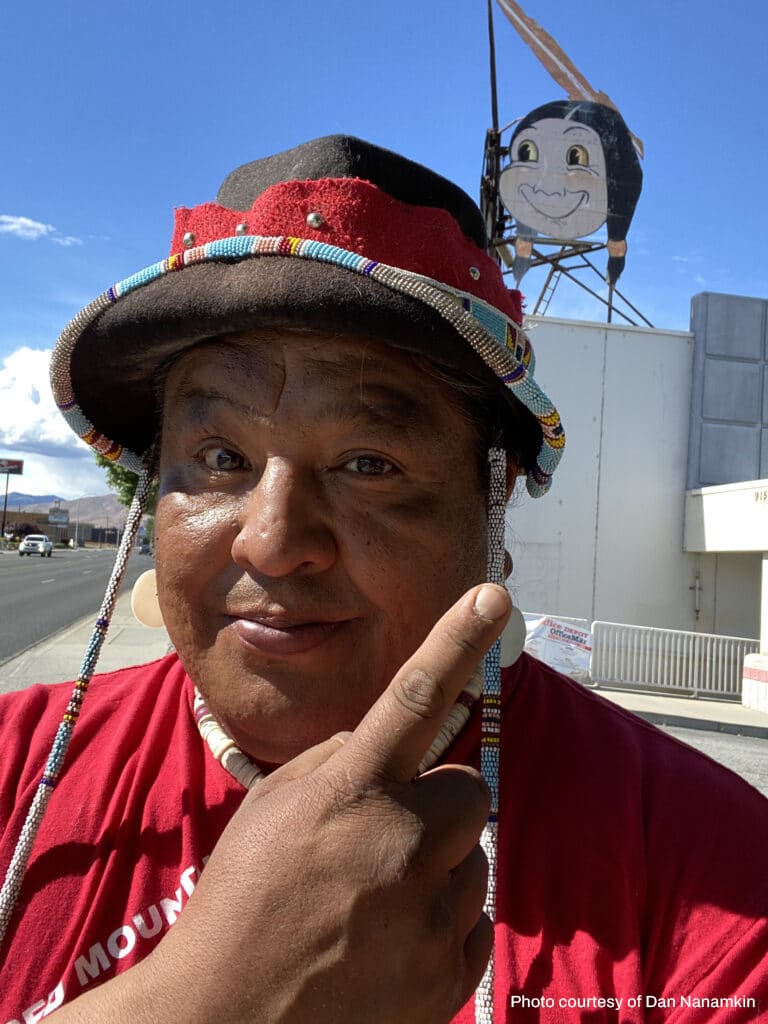
They may see our children who struggle in school with grades, malnutrition, who come from broken homes, cycles of violence and abuse that had begun in the boarding schools.
When they look at us Indigenous people and they see that many of us live in desolate, isolated communities, sometimes they refer to these as food deserts, where we do not have organic foods, healthy foods. And if they look at the USDA commodity foods, a lot of the foods and the rations that come to our people are very unhealthy. So we suffer from diabetes, heart disease, obesity.
They think of us as impoverished, powerless, destitute, abandoned, broken. But our Elders, our ancestors, taught us the ways, how to take care of us.
When they look at Native Americans, sometimes they fail to see the beauty of the lands that we originated from….the lands that were full of food at one time: the salmon, the roots, the berries, the game, and so on and so forth. The medicines and our sacred connection to these beautiful elements that we call our relatives.
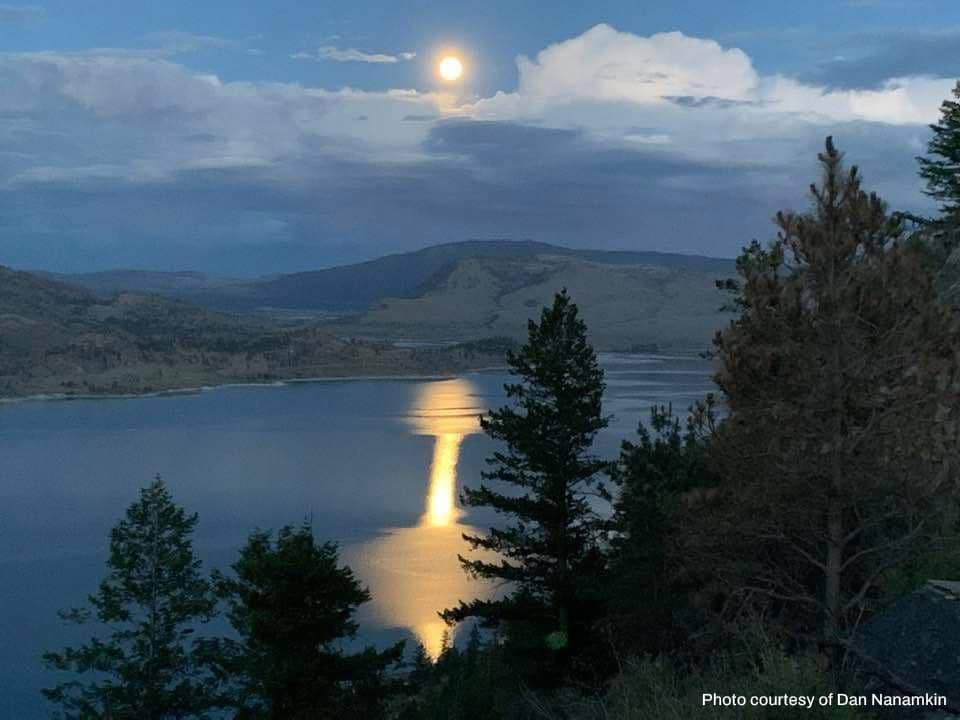
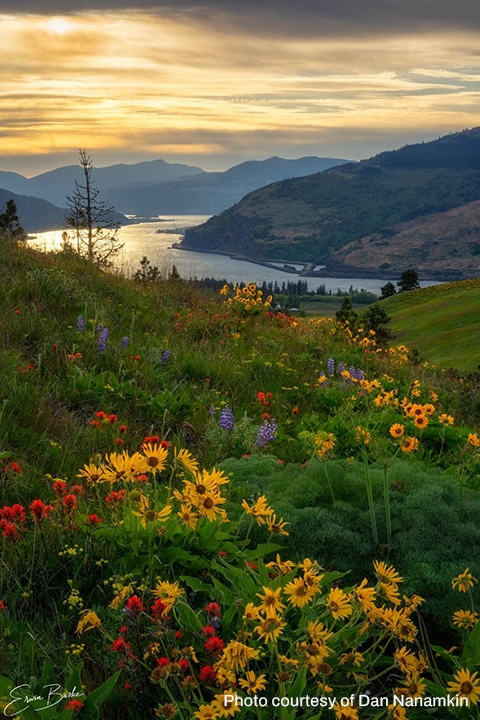
We have a spiritual connection to this land and to one another, to the very beginning of our creation here. The challenges that have befallen our people have been long talked about and prophesied by our ancestors.
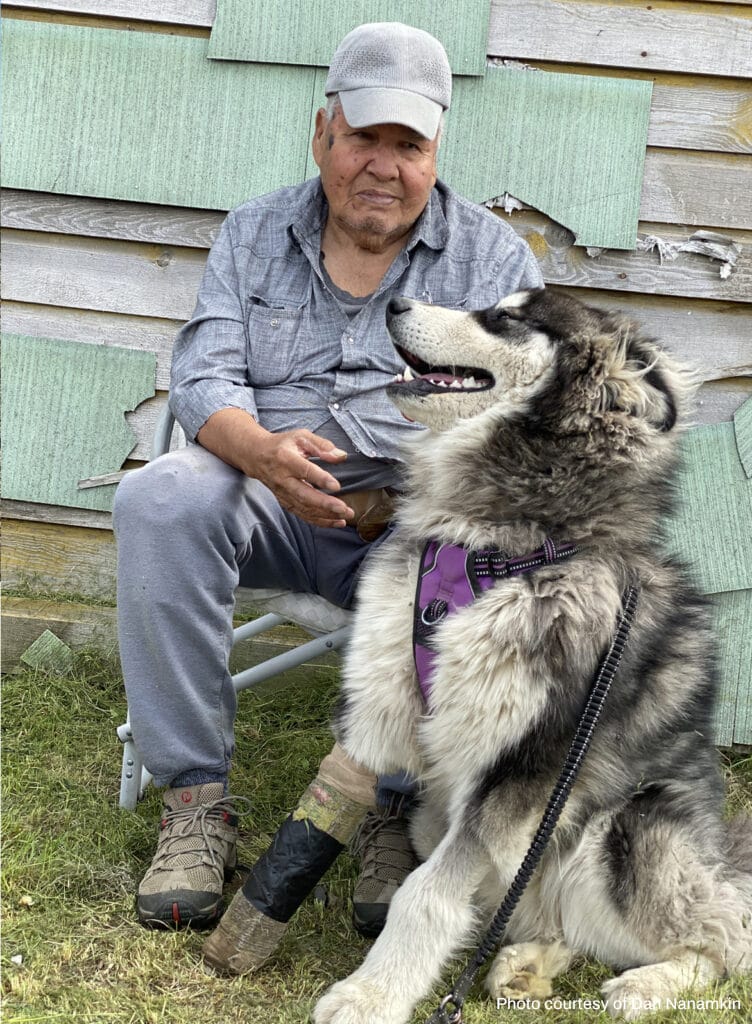
Along with this, they give us the tools in which to live through these hardships and these struggles. Some people might refer to that as walking the good red road. Some will refer to this as walking in beauty, being at the center, always, no matter what we do, we come back to the center.
Along with this, they give us the tools in which to live through these hardships and these struggles. Some people might refer to that as walking the good red road. Some will refer to this as walking in beauty, being at the center, always, no matter what we do, we come back to the center.
Our language, our songs, our ceremonies - they help bring us back together. Our medicines such as the cedar, the sage, the juniper, the sweetgrass: these are things that we bless ourselves with and bless our spirit. We take care of ourselves with good health, happiness, and humor. We learn our ways, our sacred culture.
Our language, our songs, our ceremonies - they help bring us back together. Our medicines such as the cedar, the sage, the juniper, the sweetgrass: these are things that we bless ourselves with and bless our spirit. We take care of ourselves with good health, happiness, and humor. We learn our ways, our sacred culture.
We are loving, kind, generous people. We help one another. This is our way, to take care of one another through our health, happiness, and humanity.
So within this journey, this is what we are. Here we have the Young Warrior Society camp, an Indigenous-led land-based education camp, a camp that brings unity, people of all colors. And we come together to benefit the children with skill shares and education and awareness, and a greater connection to the spiritual life and to the connection to mother earth.
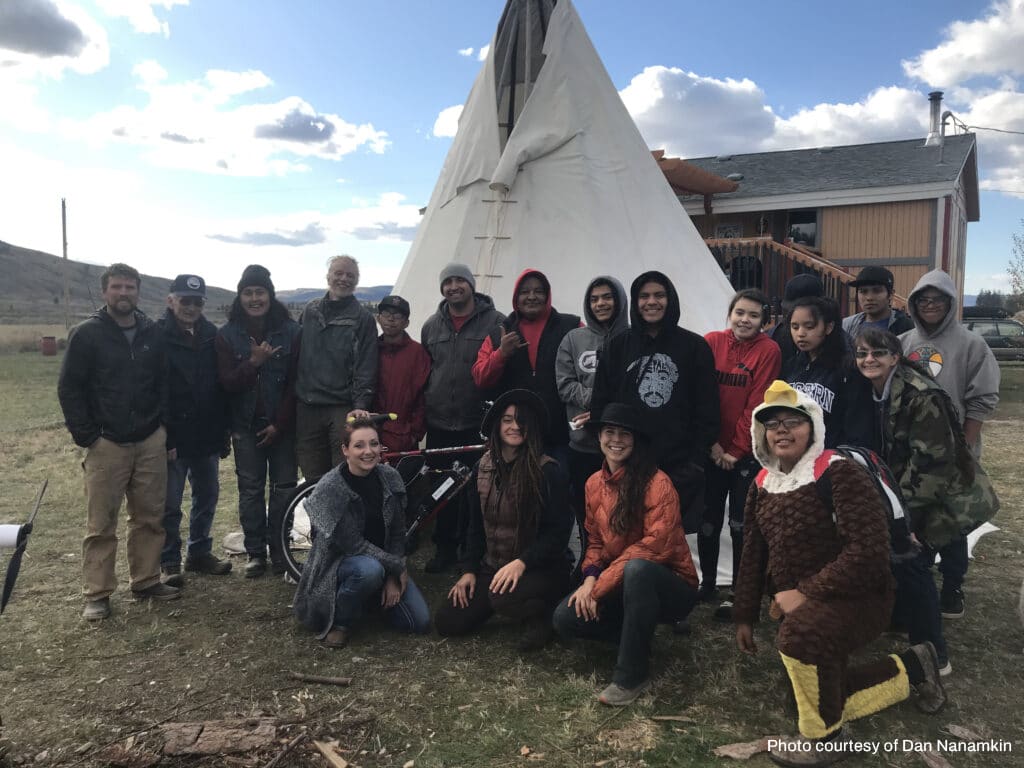
And through that, they will become stronger.
We understand what we must do to continue to heal and continue to find our way to our center and continue to walk this good path of life.
The loss of the sacred lands is also the loss of our sacred sites, our food, our resources, our places of ceremony and gathering. Like many Tribes, we have restored ourselves and we continue to strive to renew our spirit and our identity through our culture and through our community gatherings.
Our hope is in our children, our education, and that we must prevail and continue to be resilient into the future and strive to learn our best way of living on the lands that we currently reside.
Published 2021


